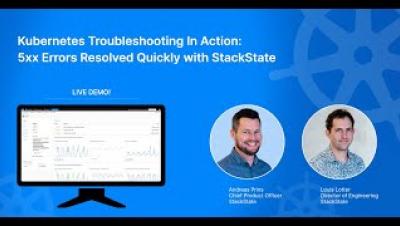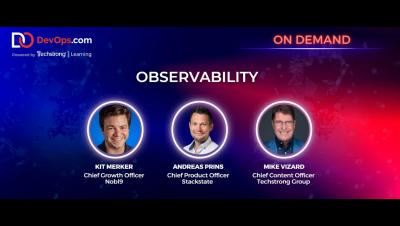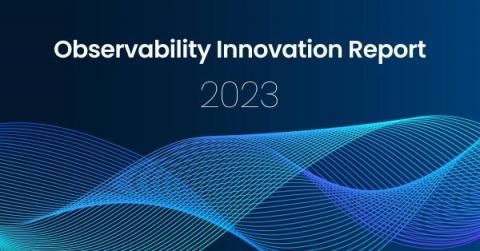Operations | Monitoring | ITSM | DevOps | Cloud
StackState
A Kubernetes Observability Tool to Support SRE Best Practices
Kubernetes can be tough to troubleshoot and remediate fast, especially when you have many interdependent services. This blog, part 3 of 3 in the “8 SRE Best Practices to Help Developers Troubleshoot Kubernetes” series, describes the Kubernetes observability foundation StackState has built to support SRE best practices and enable rapid remediation of issues.
8 SRE Best Practices to Help Developers Troubleshoot Kubernetes
Maintaining reliable Kubernetes systems is not easy, especially for people who are not Kubernetes experts. This blog, part 2 of 3 in the “8 SRE Best Practices to Help Developers Troubleshoot Kubernetes” series, explains 8 simple best practices SREs can follow to help developers and other SREs build knowledge and effectively troubleshoot issues in applications running on Kubernetes.
Panel Discussion: Observability
Why Is Kubernetes Troubleshooting So Hard?
Maintaining reliable Kubernetes systems is not easy for anyone, especially for team members with less in-depth knowledge of Kubernetes itself and the overall service environment. This blog, part 1 of 3 in the “8 SRE Best Practices to Help Developers Troubleshoot Kubernetes” series, outlines the key challenges SREs and developers face when they need to quickly troubleshoot and remediate issues in applications running on Kubernetes.
Kubernetes Liveness Probes: A Practical Guide
Have you ever wondered how you can help Kubernetes manage your pods in the most efficient way? Kubernetes can do a decent job “out of the box,” but it can be optimized just like any other system. One such optimization in the Kubernetes world is introducing liveness probes, and in this post, you’ll learn everything about them.
How to Create and Manage Secrets in Kubernetes
Kubernetes Secrets are a built-in resource type that's used to store sensitive data. This blog teaches you how to work with Secrets in Kubernetes. Kubernetes can do many things, but we usually refer to it as a “container orchestrator.” Orchestrating containers means starting and restarting them when needed, ensuring their configuration matches the declared state, and autoscaling them. But Kubernetes can do much more than that.
3 Key Questions to Ask Before Getting Started with Kubernetes
If you need to deploy a lot of microservices at once and manage them at scale, Kubernetes is hard to beat. But Kubernetes also brings additional complexity that you just might not need. You would be smart to ask yourself these three questions before getting started with Kubernetes.
Observability Innovation Report 2023
StackState commissioned Techstrong Research, a strategy and technology analyst firm, to delve into the current state of observability. The resulting report, “Observability Innovation Report 2023,” provides insightful information. 543 IT professionals were surveyed, globally, across 20 industries. The largest concentration of respondents were in the telecommunications, technology, Internet and electronics sectors, followed by financial services.
Applying Lessons Learned from Baking Pizza to Kubernetes Observability
Baking a delicious pizza in a wood-fired oven requires a combination of skill, experience and the right tools. The same is true for achieving optimal observability in a Kubernetes environment. In this post, we'll explore some of the lessons learned from baking pizza in a wood-fired oven and apply them to the world of Kubernetes observability.







